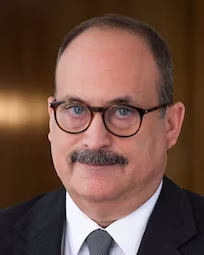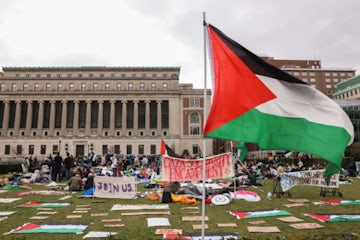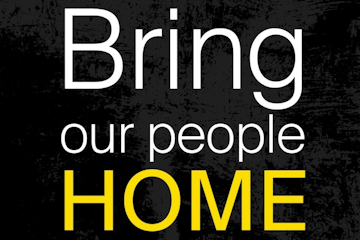The population of Jews can be roughly divided into four subgroups based on religious affiliation: Hilonim (secular Jews) make up 45% of the population; Masortim (conservative Jews) comprise 25%; Dati Leumi (Orthodox) comprise 16% of the population; and the Haredim (ultra-Orthodox) make up the remaining 14%.
Orthodoxy is the only officially recognized stream of Judaism in Israel. The Chief Rabbinate is the state body that regulates public religious life in the state, including standards of kashrut as well as personal status issues with implications in the private sphere (e.g., marriage, divorce, burial, and conversion). Its decisions have force of law in the areas in which it enjoys jurisdiction. The Ashkenazi and Sephardi communities each have a chief rabbi, who together supervise the Rabbinate. Yitzhak Yosef is the current Sephardi chief rabbi, and David Lau is the Ashkenazi chief rabbi, both serving 10-year terms that began in 2013. The Orthodox enjoy a plethora of educational institutions and yeshivots across the land.
Progressive streams of Judaism exist in Israel, but their institutions do not receive state funding (aside from a few exceptions, which receive funding from the Ministry of Sport and Culture rather than the Ministry of Religions).
The Jewish calendar sets the rhythm of public life in Israel. Jewish holidays are celebrated with festivals, and public celebrations take place in every city, town, and village across the country. The symbols of holiday festivities fill the streets each season, from the traditional booths that pop up on balconies and gardens across the country after Yom Kippur in advance of the Sukkot festival to bakeries stocking sufganiyot (doughnuts) for weeks leading up to Hannukah.
Additionally, most businesses and public transit lines close every Shabbat in Jewish areas.






